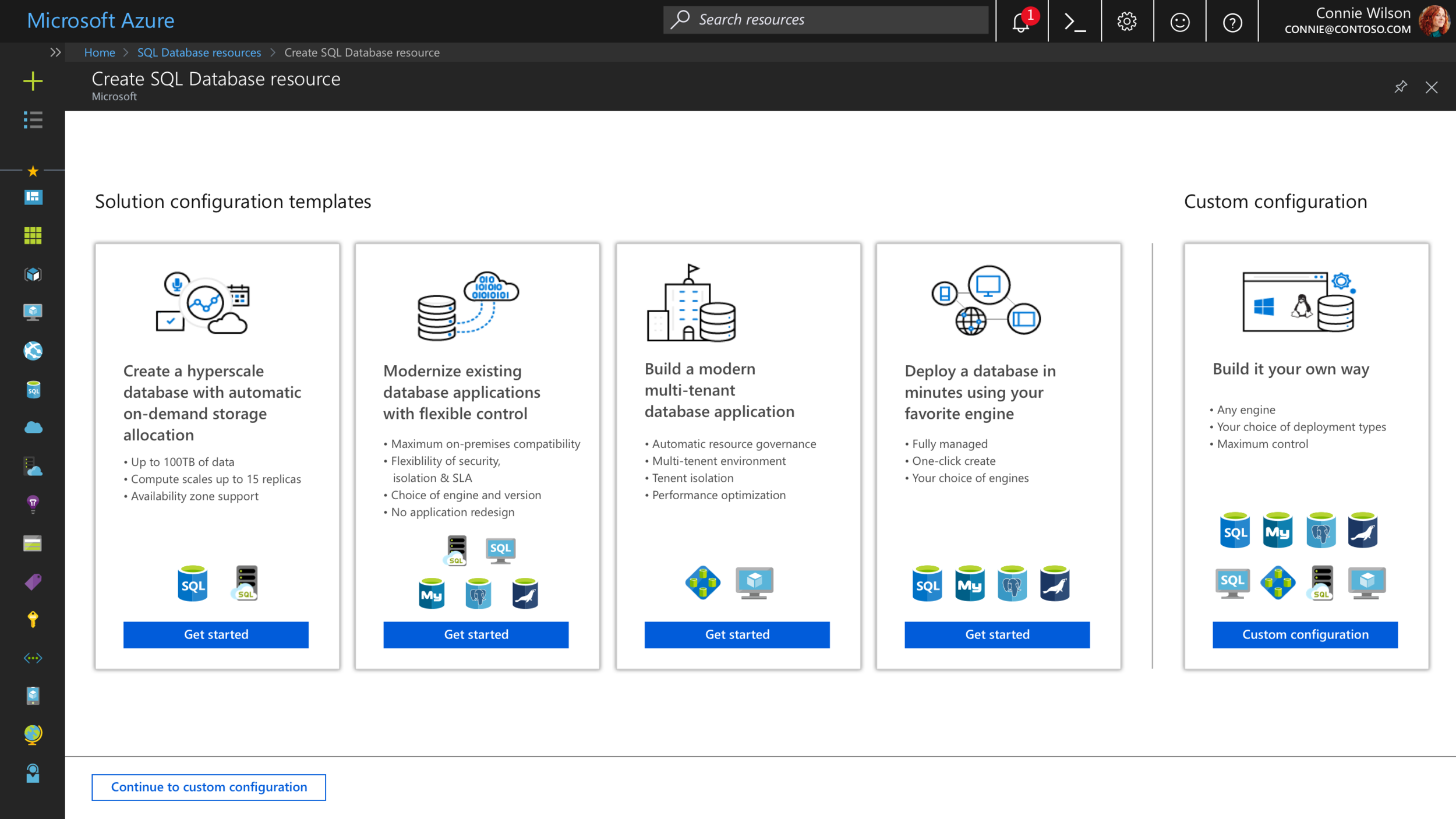
Azure SQL
For customers seeking to establish a footprint on Azure for their relational data estate, a key challenge existed not in feature parity with the competition, but fundamental misunderstandings of the intent of and relationship between the various deployment choices available.
The problem - A family with few ties
Several studies adjacent to Azure SQL Database regularly found that customers were having trouble selecting the appropriate SQL product for their needs.
The family includes databases, database servers, elastic database pools, managed instances, managed databases and over 50 available options for deploying SQL Server on Azure virtual machines, and that’s only considering the first party offerings…let’s not even talk about the open source engines…
With diverse entry points, hard-to-find comparisons and divergent experience with competing offerings, customers were bound to fail.






First steps
Early on, I partnered with a small group of program managers working across the breadth of the team to explore some solutions. We began by taking a solutions-based approach to solving the problem. We tested, it failed. While the solutions fit our perspective of the utilization of our services, it didn’t map to customers’ perception of their businesses or operations.
We then moved on to the idea of “best for” which would give a one-line practical description of the problem solved by the 5 distinct categories of services in the family. This tested better.
We experimented with when to present this fork in the road to customers, with each successive study offering slightly better results.
A long road, with many stops
Ultimately, we landed on a solution that was more modular, allowing each product team to independently improve their consistency by adopting the latest resource deployment patterns on their own timelines, freeing our central working group to focus on the core problem of refining an interstitial step we came to call the “guided create”.
This solution focuses on presenting the family along a gradient of manageability, from the most system-managed option, Azure SQL Database to the most user-managed and customizable option, SQL Server on Azure Virtual Machines.
Ultimately we also grouped our products into sub-families, with one product taking the lead position for each as shown.
A minor arrival
While work in this area continues as Azure SQL expands to include hybrid data management capabilities and management consistency across the board, we already have a few major wins.
“Azure SQL” has taken on its own life as the moniker for the family of offerings.
Azure SQL resources can now be viewed in a “single pane of glass” within the Azure portal.
It is also easy to create any resource from the family from a single entry point, with an appropriate level of context.
The create and management experience continue to improve as wrinkles in the consistency are ironed out.
Documentation, getting started and marketing content are also now marching to the beat of the same drum. It’s a great start and provides firm ground for the future of Azure SQL as a whole.












